|
The unveiling of the first Porsche 911 GT3 in March 1999 at the Geneva Motor Show signalled the start of a new era for discerning sports car drivers. Like no other Porsche 911, the GT3 embodies the hallmarks of Porsche Motorsport. Developed by two-time World Rally Champion Walter Röhrl, race engineer Roland Kussmaul and the Porsche Motorsport specialists from Weissach, the Porsche 911 GT3 brought race track agility to the road. Since then, this road-going athlete has become even faster, more precise and more dynamic with every generation — and with a naturally aspirated engine, manual transmission and rear-wheel drive, it remains the most popular Porsche 911 among purists up to the present day. The race versions of the Porsche 911 GT3 have written motorsport history. In addition to countless class wins, the GT3 achieved numerous overall victories in the major endurance races, including the 24 Hours of Spa, the 24 Hours of Daytona and the 24 Hours Nürburgring, which it won seven times starting with the year 2000. It is part of the recipe for success of the Porsche 911 GT3 that the experience and innovations from motorsport are always incorporated into the development of the next road version. It is no wonder that around 80 per cent of all 911 GT3 ever produced are regularly driven on the race track. Successor to the 911 Carrera RS 2.7: the first GT3 made its debut in 1999 Shortly before the start of the new century and featuring advanced racing technology, the Porsche 911 GT3 continued the tradition that had started in the 1970s with the legendary Porsche 911 Carrera RS 2.7. For the first time, the model was not given the designation “RS” for Race Sport, but the name GT3 — a reference to the GT class in which the motorsport versions of the model were to compete. The water-cooled 3.6-litre six-cylinder boxer engine of the new sports car delivered 265 kW (360 PS). Therefore it was hardly a surprise that the Porsche 911 GT3 had already earned its first laurels even before its debut in Geneva: with Walter Röhrl at the wheel, it completed the 20.8 kilometre Nürburgring Nordschleife in less than eight minutes — and in so doing set a new benchmark for road-going sports cars. Such exceptional performance was made possible not just by the race-proven boxer engine, but also thanks to a precisely tuned overall package: the chassis was lowered by around 30 millimetres and the brakes uprated. The six-speed manual transmission originated from the Porsche 911 GT2. The gearbox ratios, axle geometry, anti-roll bars and springs could be adapted depending on the circuit conditions. Lightweight construction came before comfort. A distinctive sign of its motorsport origins was the fixed rear wing of the 911 GT3. As an option, customers were able to order their 911 GT3 as a Clubsport variant, which also included a bolt-in roll cage. The first Porsche 911 GT3 vehicles rolled off the production line in Weissach in May 1999. As a homologation basis for motorsport, the new model also provided the foundation for the successful 911 GT3 Cup and the higher-positioned race versions — the 911 GT3 R and GT3 RSR, which achieved brilliant results in one-make and GT racing in the coming years. New generations in quick succession After the great success of the first 911 GT3, Porsche presented a new evolution stage of the road-going sports car with racing genes every three to four years. In 2003, the power of the boxer engine increased to 280 kW (381 PS) thanks to the use of the VarioCam continuously variable camshaft control system. The GT3 could also now be ordered with the ultra-high-performance Porsche Ceramic Composite Brake (PCCB) system. The next increase in power, to 305 kW (415 PS), followed three years later. For the first time, the Porsche 911 GT3 featured an active suspension with the sporty Porsche Active Suspension Management (PASM). In 2009, the engineers increased the displacement of the six-cylinder boxer engine to 3.8-litres and the power to 320 kW (435 PS). The all new rear wing and full underbody panelling produced such a substantial increase in downforce that this was more than doubled in comparison to its predecessor. On the 50th birthday of the Porsche 911 in 2013, the fifth generation of the 911 GT3 celebrated its world premiere at the Geneva Motor Show. The engine, transmission, body and chassis were completely new. The drivetrain consisted of a 3.8-litre naturally aspirated engine with 350 kW (475 PS), mated for the first time to a Porsche Doppelkupplung (PDK) dual-clutch transmission. Also for the first time, this was complemented by active rear axle steering. By way of introduction, the new 911 GT3 completed the Nürburgring Nordschleife in just 7:25 minutes —more than half a minute faster than the first 911 GT3 on its record lap in 1999.
The latest version of the 911 GT3 was launched in 2017. The focus of development had been on the six-cylinder boxer engine: its displacement increased to 4.0 litres and the power output was 368 kW (500 PS). Porsche also had two treats for purists: on the one hand, a manual six-speed transmission was now available as an alternative to the PDK. On the other, the 911 GT3 could be ordered with a discreet Touring Package, in which the fixed rear wing was replaced by an automatically extending spoiler — pure understatement. And so things come full circle: the designation “Touring Package” was a reference to the more restrained version of the legendary Porsche 911 Carrera RS 2.7 from the 1970s. Customers score sales experience with Porsche higher than any other brand
Atlanta, Georgia. New car customers rated Porsche as the top brand in J.D. Power’s annual Sales Satisfaction Index (SSI) Study released today. Porsche improved its overall ranking by three spots in 2018 compared to last year’s SSI Study. With an increase of 10 points to a total of 828, Porsche ranked higher than any other brand. “This achievement is the result of a customer-focused strategy that has been superbly executed by our 190 U.S. dealer partners,” said Klaus Zellmer, President and CEO of Atlanta-based Porsche Cars North America, Inc. “First and foremost, this award is for our dedicated dealers, who have invested significant time in training for their employees and committed $500 million to improving facilities in just the last five years.” The SSI Study provides an analysis of the purchase experience from a customer perspective. It is based on responses from 25,748 people who purchased or leased new vehicles this year. Particular high points for customers who bought or leased a Porsche between April and May 2018 included the delivery process, dealership facilities, and working out the details of the transaction. Porsche shoppers also expressed satisfaction with salespeople and inventory. Zellmer noted that in the first 10 months of this year, Porsche sales in the U.S. were up 3.2 percent compared to the same period in 2017. “We are glad to see growth going hand-in-hand with continually improving the customer experience,” he said. When people think of Porsche, the first thing that comes to mind is often the silhouette of the 911 – and the flat engine. These engines are very close to every Porsche devotee’s heart. But what is so special about this particular design principle for an internal combustion engine? The air-cooled flat engine has a special place in the hearts of its fans. But emotions only tell half the story. As well as revving its way into the affections of many, the flat engine has many interesting features that give it the edge from a design point of view. Its history dates back 122 years to 1896, when Carl Benz invented the flat engine. He called it the contra engine because its two cylinders worked in opposition to one another. This first boxer engine was intended to have a displacement of over 1.7 litres and deliver 5 hp. Its underlying design principle – both then and now – is that the cylinders should lie flat and slightly offset to each other, on opposite sides of the crankshaft. The Porsche family tree of flat engines can be traced back to the VW Beetle. Its 1.1-litre, four-cylinder engine delivering 26 kW (35 hp) was installed by Ferry Porsche in his 356-001. Further engines followed, all of which were air-cooled until the 911 Type 993. In the top-of-the-range 911 Carrera RS, the 3.8-litre air-cooled flat engine achieved 221 kW (300 hp) without turbocharging. Two turbochargers boosted performance to 331 kW (450 hp). The ideal choice for sports cars The air-cooled flat engine is lightweight and flat, making it the ideal choice for sports cars, and particularly low designs are possible as the cylinders are lying flat. This lowers the centre of gravity, allowing for a sportier and more dynamic style of driving – and not just when cornering. If the flat engine is installed at the rear as in Porsche vehicles, traction is improved because the weight of the engine rests on the drive axle. Until all-wheel drive vehicles conquered the roads, Beetle and Porsche drivers agreed that a car with a rear-mounted engine was by far the best choice for winter conditions. The opposite is also true: When braking, the weight of a rear-mounted engine allows more braking force to be transferred to the rear wheels. The flat engine – and especially its six-cylinder variant – is particularly smooth-running, with no free moments or free forces. The crank mechanism is ideally balanced, allowing short-stroke sports engines to cruise along at high speeds without excessive strain. The 3.8-litre six-cylinder twin-turbo boxer engine of the 911 GT2 RS
One of the most characteristic features of the Porsche six-cylinder flat engines is the drop in fuel consumption as engine power increases. The concept underlying the flat engine involves a consistent lightweight construction, a low centre of gravity, outstanding revving ability and a high specific output thanks to advantageous charge cycles. All 911 engines need to be sporty as well as suitable for everyday use. As a basic rule, it takes more effort to manufacture a flat engine than an in-line engine because a greater number of parts are needed. The flat engine needs two banks of cylinders with a valve train, plus cooling or injection. The flat engine is a particularly good candidate for air cooling because the individual cylinders are located far apart from each other and can therefore benefit from a direct flow of cooling air. The fact that the 911 flat engines have been water-cooled since the 996 model series is primarily a result of the four-valve technology. Four valves are a prerequisite for cutting fuel consumption and exhaust emissions while also boosting performance. But this is only a point of interest for fans of water-cooled flat engines. No club with this name exists yet, but it surely will one day, when these engines stop being the latest technology and become part of history. Porsche Announces Introduction of “Tech Live Look” Augmented Reality Smart Glasses in Dealerships11/29/2017
Real-time remote assistance improves efficiency and can reduce service resolution time by up to 40 percent. Use of augmented reality in technical services for an even better service quality and customer experience Atlanta, Georgia. Porsche Cars North America, Inc. (PCNA) today announced the introduction of "Tech Live Look," an Augmented Reality (AR) technology designed to improve technical services at Porsche dealerships in the United States.
"Tech Live Look" uses the AiR Enterprise™ software platform from Atheer, Inc., a leading provider of AR solutions, in conjunction with lightweight smart glasses. These high-tech spectacles feature the latest in projection technology and come equipped with a high-resolution, auto focus camera that shows even fine details such as threading on screws. The glasses include a powerful LED to illuminate dark spaces in the engine compartment or under the car. How does this technology work? When a service technician at a dealership in Los Angeles dons this specialized eyewear and connects through the software with the Atlanta-based Porsche technical support team 2,200 miles away, it allows the support team to see exactly what he is seeing, in real time. This "see what I see" video-conferencing capability with instant access to remote experts allows both parties to quickly identify and resolve technical issues. It can also help decrease service resolution time by up to 40 percent, based on the findings of a pilot program undertaken in July 2017 at eight Porsche dealerships in California, Florida, Indiana, New Jersey, and Washington, along with one in Canada. "Tech Live Look" can do much more than just provide real-time video capability. It allows the technical support team to take screen shots or send technical bulletins and instructions onto the projection surface of the glasses while the service technician is working on the vehicle. This type of information exchange is far more efficient than sending emails and photos or explaining complex technical issues over the phone. "Our main goal is to provide a better overall experience for our customers. Tech Live Look allows us to be more efficient and helps get vehicles back in the hands of our customers faster, all while still delivering exceptional service quality" explained Klaus Zellmer, President and CEO of PCNA. "Tech Live Look" will officially launch in dealerships in North America in 2018.
Enjoy a close-up experience of the history of Porsche at the Porsche Museum! Encounter legendary racing and sports cars, fascinating production models as well as unusual prototypes. More than 80 vehicles will take you from the early years all the way to the present days of Porsche’s history. Learn more: https://www.porsche.com/museum/en/
Atlanta, Georgia. The 911 GT3 with Touring Package will be unveiled at the 67th International Motor Show (IAA), which will take place from September 12 to 24, 2017, in Frankfurt. Instead of the fixed rear wing, when equipped with the optional Touring Package, the GT3 will have an adaptive rear spoiler similar to that of the 911 Carrera models. Beneath its understated exterior is pure motorsport-derived technology: The four-liter naturally aspirated flat-six engine develops 500 horsepower and generates 339 lb.-ft. of torque. The 911 GT3 with Touring Package sprints from 0 to 60 miles per hour in 3.8 seconds and reaches a top track speed of 196 miles per hour. The Touring Package will be available exclusively in combination with the six-speed manual transmission. The name "Touring Package" harkens back to a variant of the 911 Carrera RS from 1973. The very pure 911 design and classic interior features were key elements of this model. The new 911 GT3 when equipped with the Touring Package follows the same concept, and retains the two-seater arrangement of the 911 GT3. Apart from certain Alcantara®-covered interior fittings, almost all 911 GT3 options are also available in combination with the Touring Package. This includes all available exterior colors, wheel choices, the Porsche Ceramic Composite Brake (PCCB) system, the front axle lift system, LED headlights, three seat options, and the Sport Chrono Package. A high-performance sports car in every aspect With the exception of the rear spoiler treatment, the body of the GT3 with the optional Touring Package remains unchanged. Like the other GT3 models, it is based upon the body of the 911 Carrera 4 model, which is 1.7 inches (44 millimeters) wider at the rear wheel arches. It sits about one inch (25 millimeters) lower than the 911 Carrera S. It also has large air intakes in the specially designed front fascia, as well as the air intake that is typical of the 911 GT3 model, located in front of the luggage compartment lid. In contrast to the other GT3 models, the front turn signal lenses and the taillights are not tinted. The 911 GT3 with Touring Package sits on forged center lock alloy wheels. At the front, 245/35 ZR 20 tires are fitted on nine-inch wide wheels, while at the rear 305/30 ZR 20 tires are mounted on twelve-inch wide wheels. Sporty aerodynamics: Rear spoiler with additional gurney flap The subtle differences in the Porsche GT3 model when it is equipped with the Touring Package are primarily visible at the rear. The automatically extending rear spoiler from the 911 Carrera models is equipped with an aerodynamic lip ("Gurney Flap") finished in body color. The specially designed rear decklid grille bears a new "GT3 touring" logo. Other distinguishing features include side window surrounds, Sport Exhaust tailpipes, and headlight washer system covers which are finished in silver, as well as the Porsche logo at the rear. With the further available "Touring Package - Exterior in Black" option, these elements are finished in black, as on other 911 GT3 models. In this case, the front turn signal lenses and the taillights are tinted. Leather interior The interior creates the feel of a classic sports car with a manual transmission. In line with the character of a GT car, leather is prevalent rather than Alcantara®, which is used in other GT3 models. The steering wheel rim with twelve o'clock marker, shift lever, door panel armrests, center console storage compartment lid and interior door handles are upholstered in smooth-finish leather. The seat centers are made of black fabric. The headrests feature embossed Porsche crests and all seams in the partial leather interior are sewn in black thread. The finishing touch to the interior is black brushed aluminum trim. Powerful six-cylinder naturally aspirated engine from Porsche's motorsport heritage The powertrain and chassis are identical on all 911 GT3 vehicles with manual transmission, including models equipped with the Touring Package. The naturally aspirated four-liter flat-six engine is taken from the 911 RSR and 911 GT3 Cup race cars. It is the most powerful naturally aspirated flat-six direct-injection engine that Porsche has ever developed for a street-legal car. The engine is characterized by its high-revving nature. The crankshaft spins at up to 9,000 revolutions per minute, which is truly extraordinary, even for a sports car engine. The gear ratios of the six gears are precisely tuned to the power delivery and torque curve of the engine and offer particularly sporty shifting characteristics. An automatic rev-match feature delivers an exciting sound on downshifts. This function is activated via the "Sport" button on the center console, which enables a faster synchronization of the gears. The GT Sport manual transmission transfers the power to a mechanical rear differential lock with brake-based torque vectoring (PTV). Fast in the corners, secure on the straights: Rigid chassis with rear-axle steering The chassis of the 911 GT3 is a testament to Porsche's experience in motorsport. In addition to the basic layout, the chassis also boasts superior handling characteristics, thanks predominantly to the standard active rear-axle steering. Depending upon the vehicle's speed, it steers either in the opposite or the same direction as the front wheels, thereby improving the vehicle's agility or stability. The size of the tires on both axles promote strong braking, sharp turn-in, and excellent traction. Porsche Track Precision app as standard
In addition to Porsche Communication Management (PCM), including an online navigation module with real-time traffic information, every 911 GT3 model includes as standard equipment the Connect Plus module and the Porsche Track Precision app. This app enables the driver to display, record, and analyze detailed driving data on their smartphone. Pricing and availability The Touring Package option is now available to order and is expected to reach U.S. dealers in early 2018. Like other 911 GT3 models, the version with Touring Package costs $143,600, excluding any available options and the $1,050 delivery, processing, and handling fee. |
Archives
February 2024
Categories
All
|
Your Porsche SpecialistServing all your Porsche Long Island dealership needs (Nassau & Suffolk), New York City (Queens, Manhattan, Brooklyn, Bronx, Staten Island) & surrounding areas. Our NY Porsche dealership is conveniently located on NY's Long Island Gold Coast in Jericho.
We are an authorized Long Island Porsche Jericho dealership for your next Porsche 718, Porsche 911, Porsche Taycan, Porsche Panamera, Porsche Cayenne, and Porsche Macan. |
Sam GadkarTop 100 Worldwide - Sales Excellence
Porsche Certified Global Brand Ambassador Porsche Exclusive Manufaktur Partner Cell/Text: 516.476.0167 E-mail: [email protected] |
Porsche Gold Coast125 South Service Road
Jericho, NY 11753 Cell/Text: 516.476.0167 Dealer Site: www.porschegoldcoast.com Roadside Assistance: 1-800-PORSCHE Porsche Roslyn is now Porsche Gold Coast Go to Porsche Configurator |
Images and photos copyright Porsche Cars North America, Inc., or Porsche Gold Coast
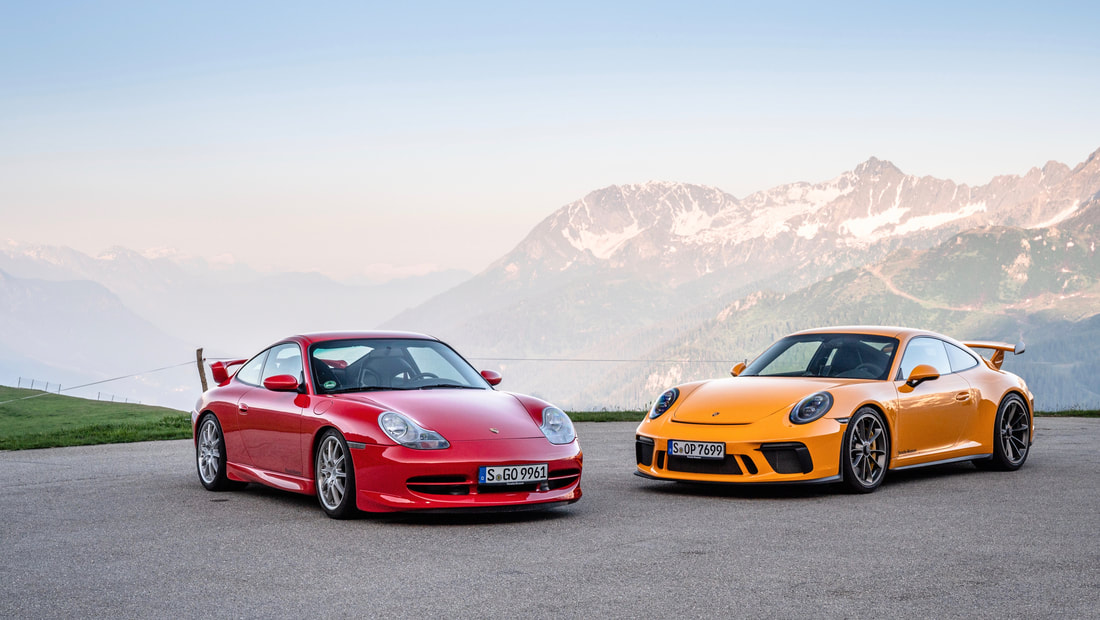
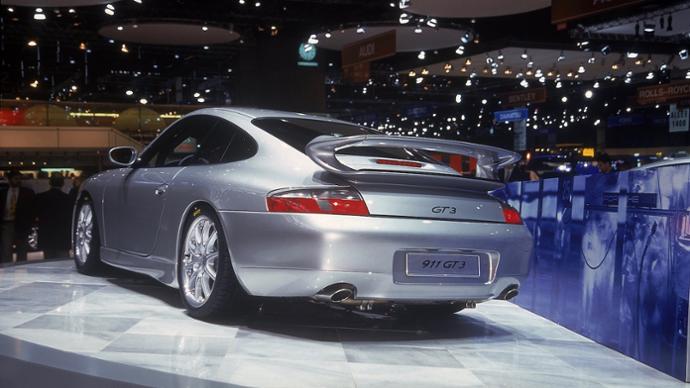
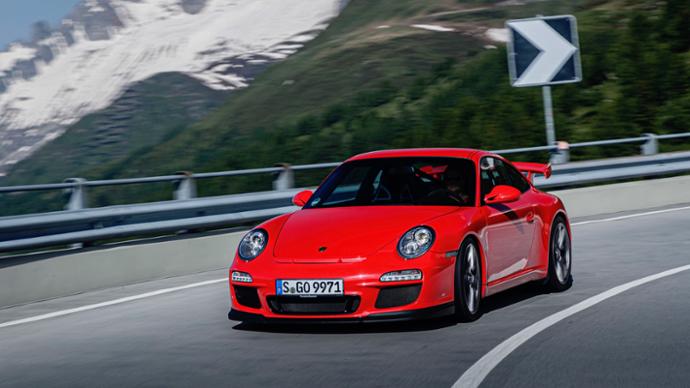
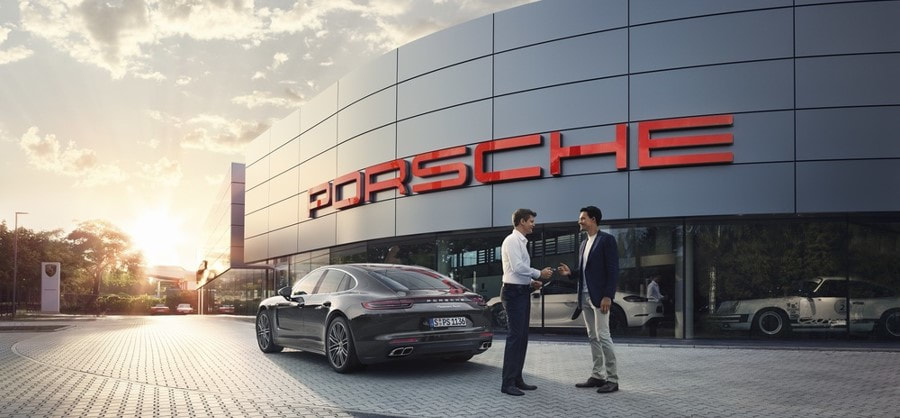
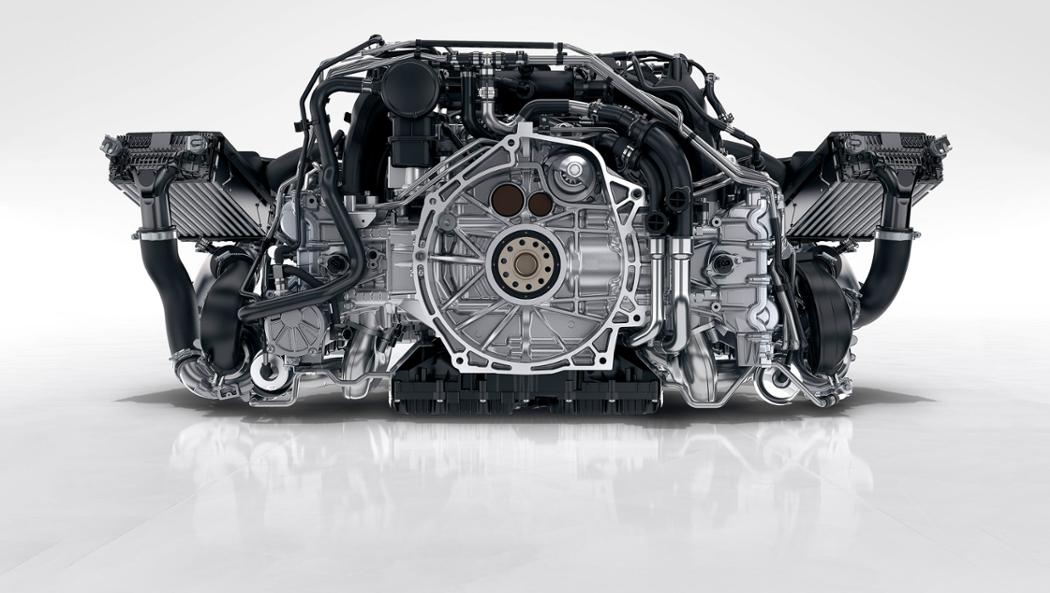
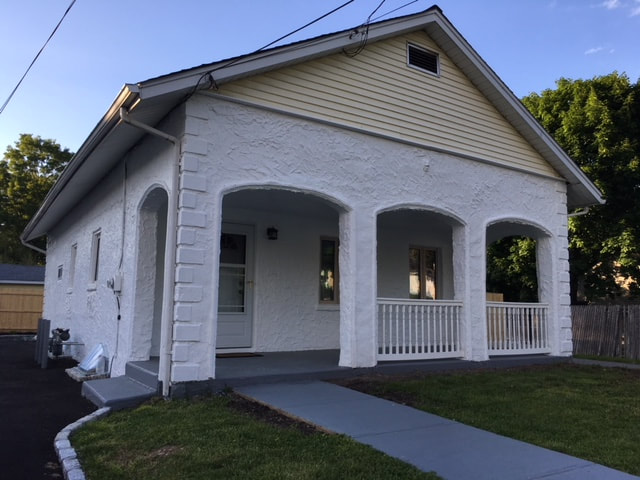
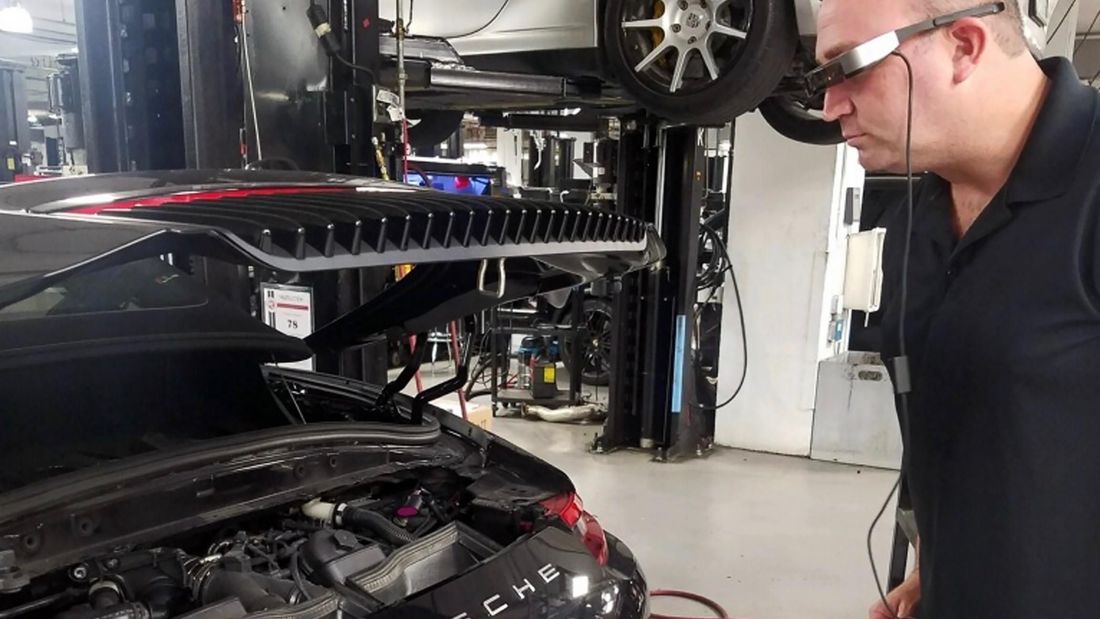
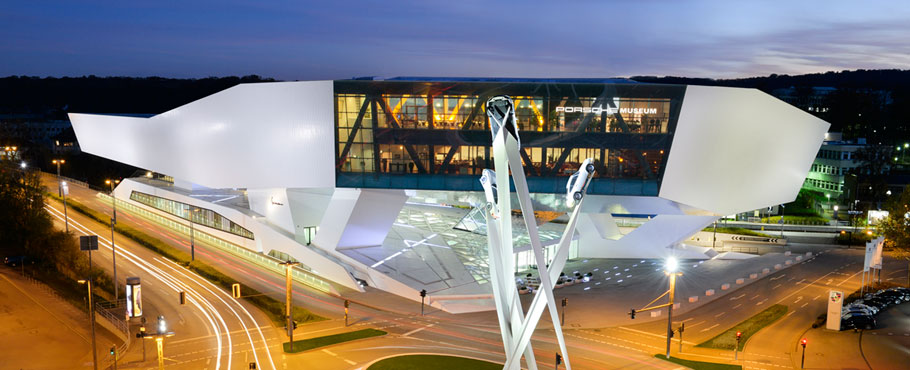
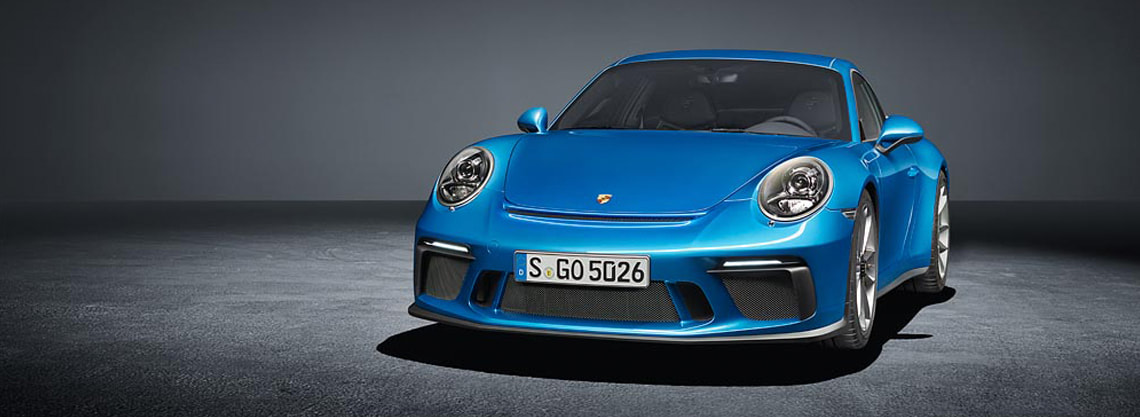

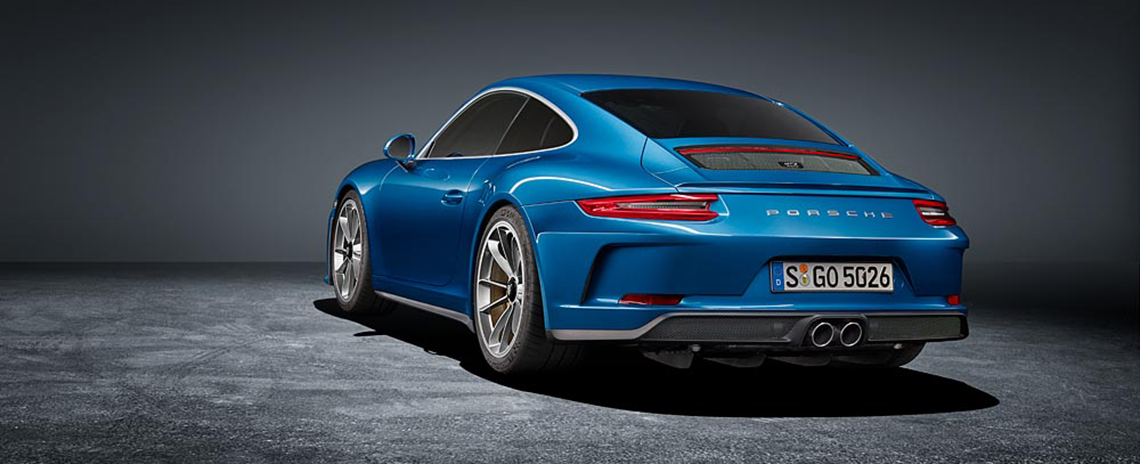
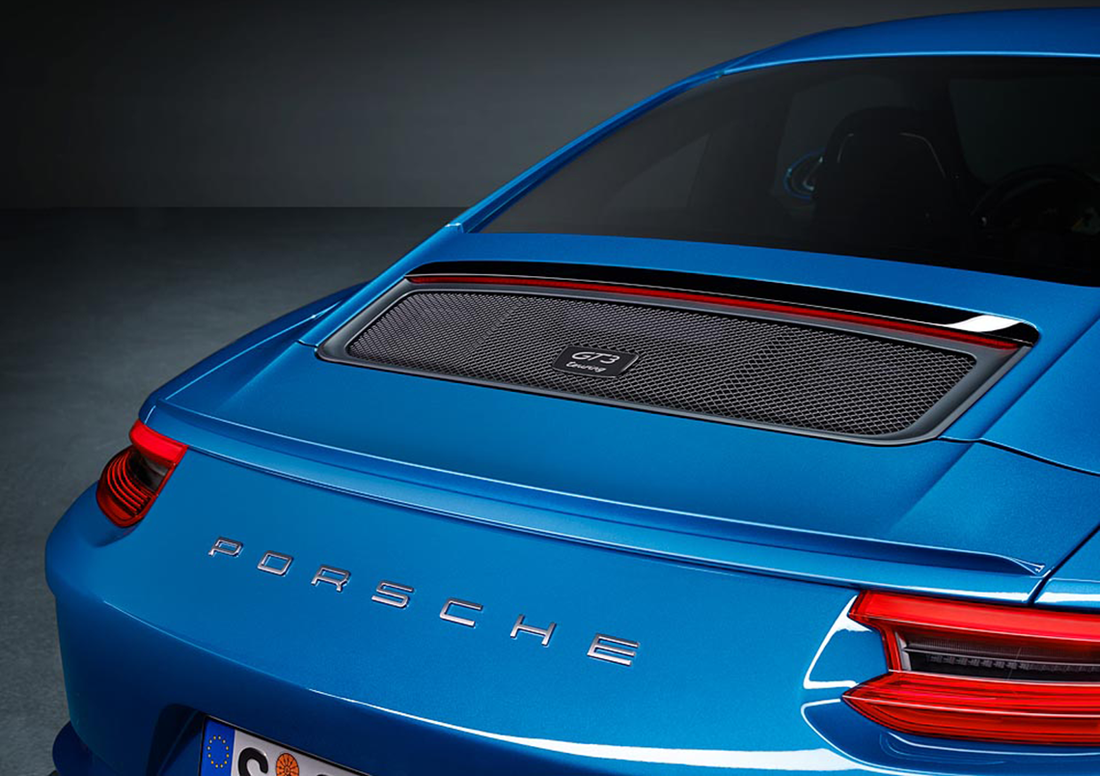
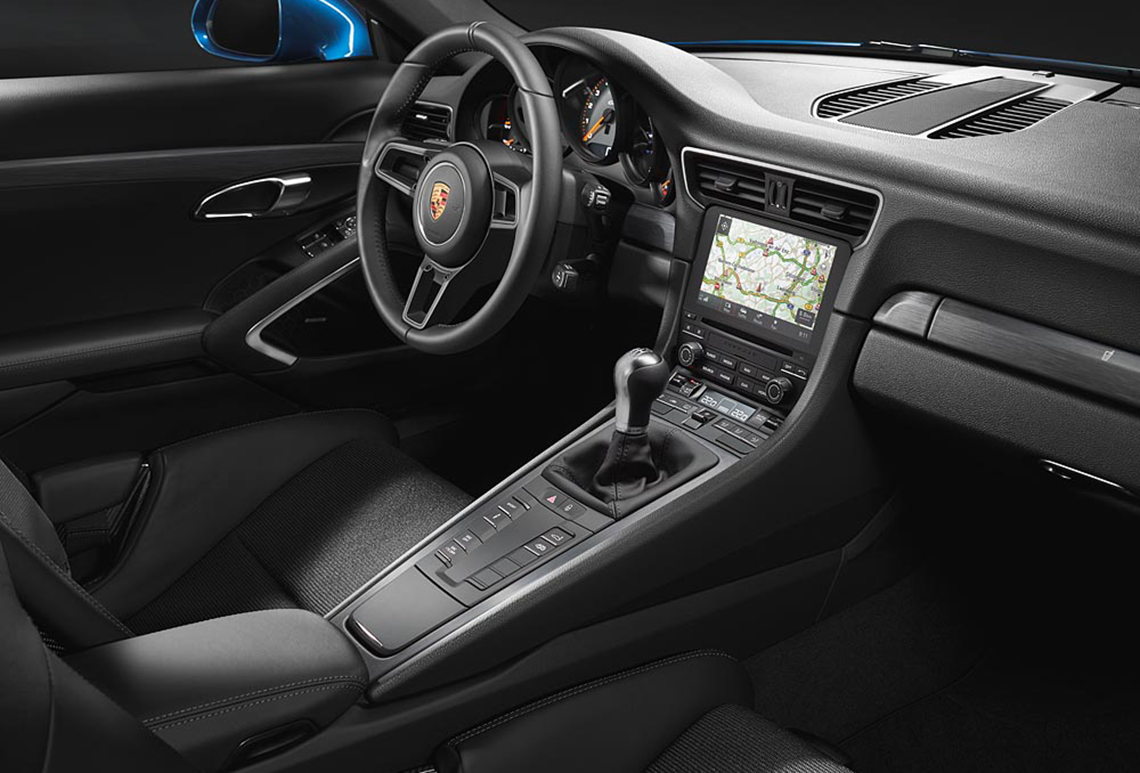
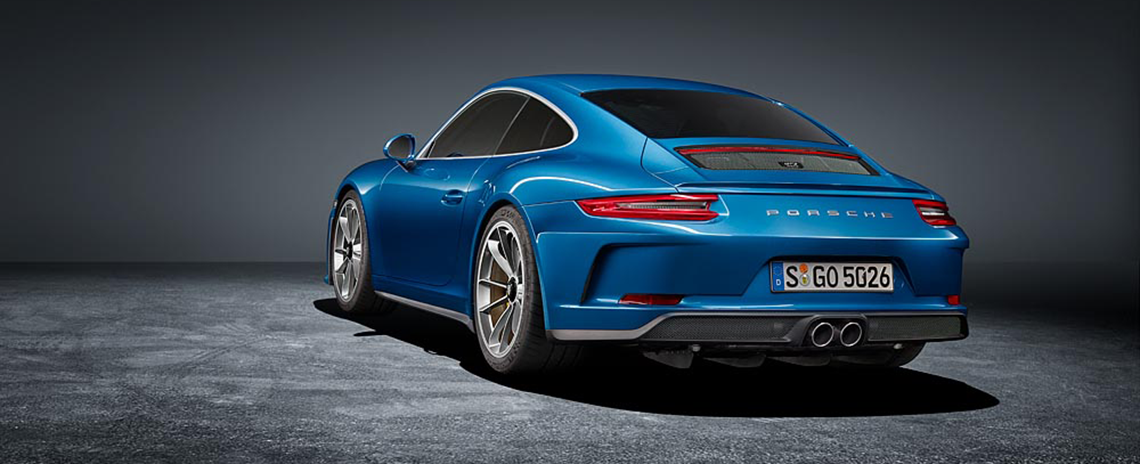

 RSS Feed
RSS Feed